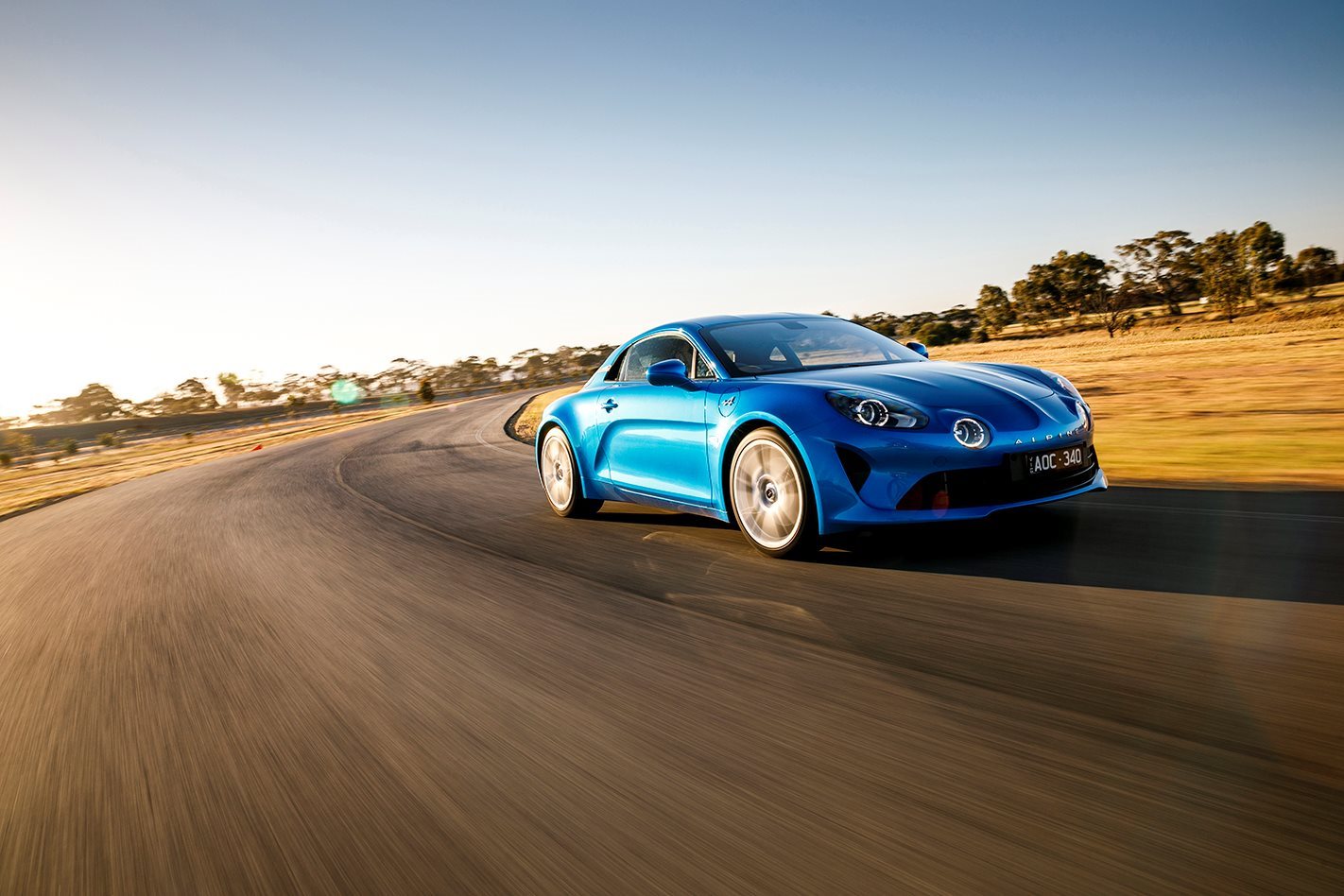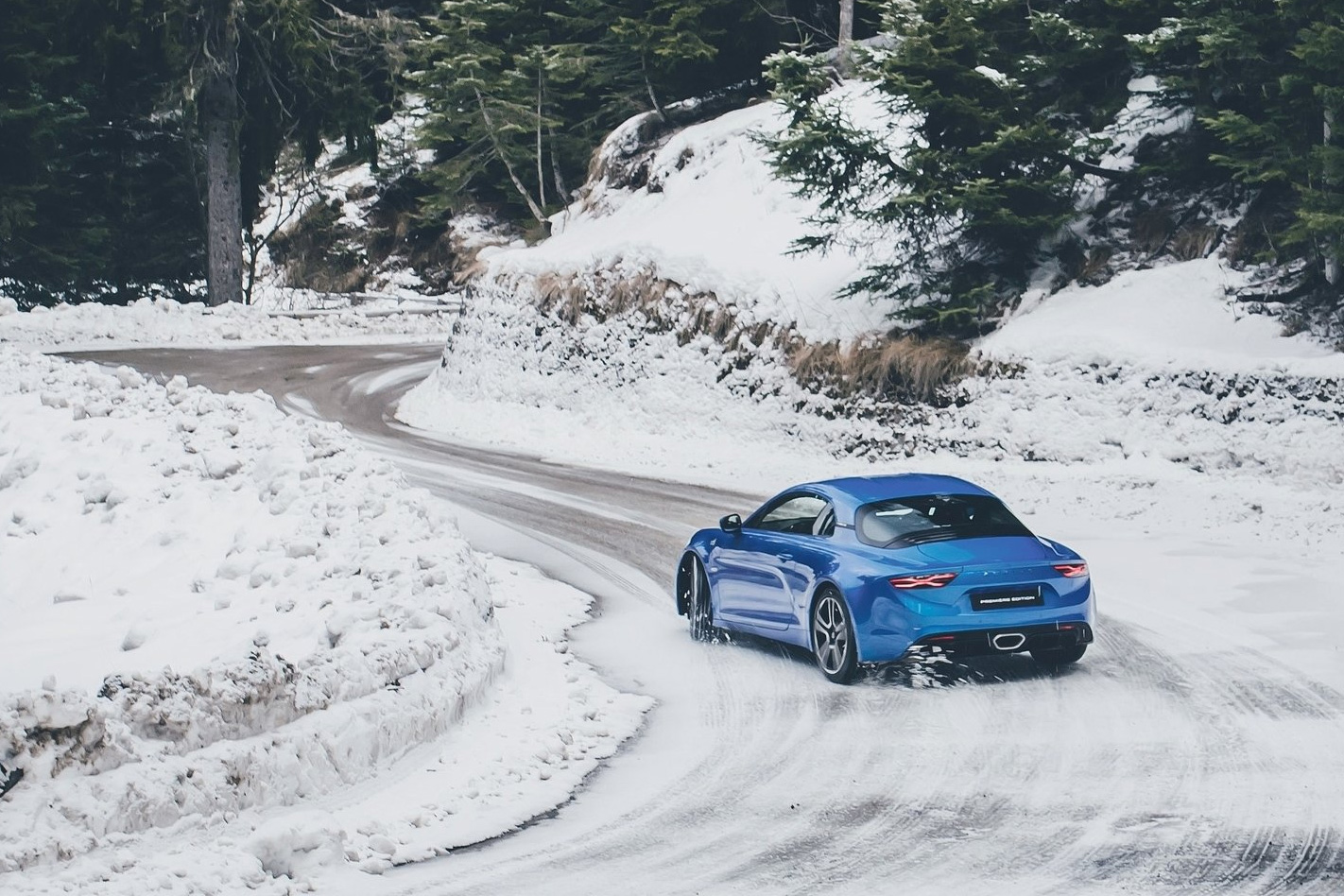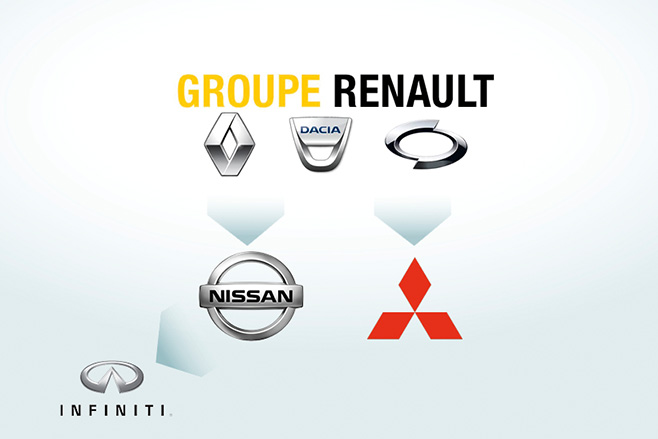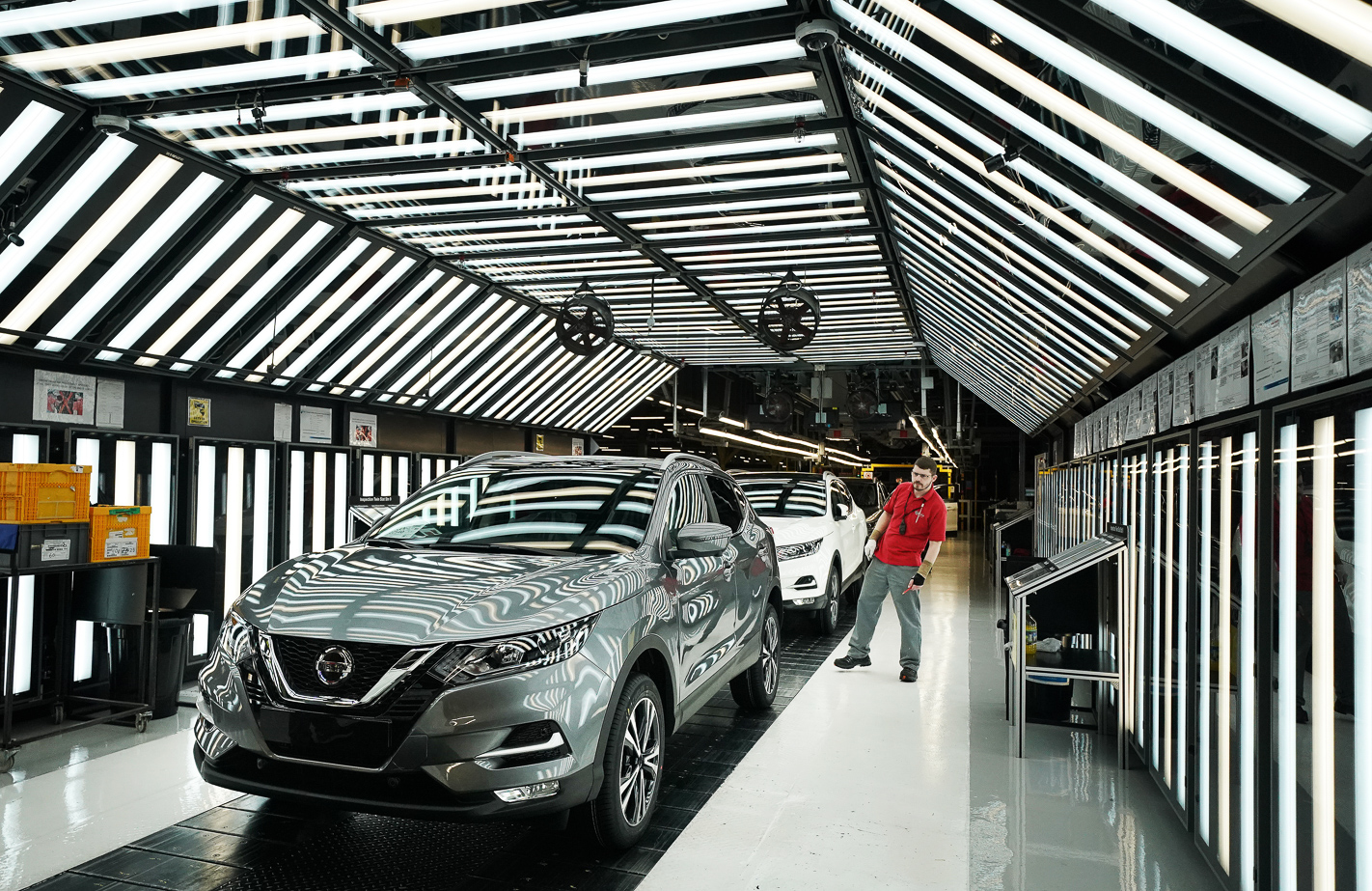
The alliance between Renault and Nissan seemed like such a good idea back in 2000, but even the addition of Mitsubishi hasn’t put the often-acrimonious relationship on the right track.
Pioneered by the now-fugitive from justice, Carlos Ghosn, the premise of the merger was simple; reduce duplication, share technology, sell more cars. However, cross-border and inter-boardroom battles have sapped the spirit from the Renault-Nissan-Mitsubishi Alliance to the point that the French government – Renault’s biggest shareholder – is threatening to withhold more than $8 billion in funding unless the company can get its merde together.

Though it feels like a bit of sabre rattling ahead of a big meeting this week where the alliance will lay out a new product plan, the French finance minister Bruno Le Maire has come out publicly against one of France’s biggest employers.
He suggests the 114-year-old carmaker needs to find new efficiencies and to adapt more quickly to emerging technologies in order to be eligible for public funding.
“Yes, Renault could disappear,” the minister told Europe 1 radio.

The COVID-19 slowdown has seen sales tumble by almost 80 percent in France in the first quarter of the year, while Renault has burned through 5 million euros ($8 million) in that same period.
It’s also in the midst of an untidy CEO changeover, with interim boss and finance chief Clotilde Delbos about to hand incoming CEO Luca de Meo a plan to cut 2 billion euros ($5 billion) in cost from the business in three years.
One of those plans is to close four factories, including the company’s relatively tiny but cleverly flexible Dieppe plant, which makes performance versions of the Clio as well as the Alpine A110.

The two-seat sports car has only sold in small numbers, though shutting down the brand (again) after just three years will be an expensive exercise for Renault, with a lot of bespoke costs in the program to amortise.
De Meo is hamstrung, too, by the fact that asking for public money – the French government owns 15 percent of Renault – before closing down factories is a pretty bad look.

This is where the failure of the Renault-Nissan-Mitsubishi alliance is most obvious . Had the grand plans of technology and platform sharing gone ahead as envisioned, all three companies would be benefiting from cheaper, newer, more relevant products – not just in France, but across the planet.
However, Nissan – which will cut $5 billion and 1.7 million cars from its production over the next three years – has always maintained that it did most of the work of coming up with platforms and engines, while Renault contributed far less to the partnership.
Nissan only owns 15 per cent of Renault, which has a 43 per cent share of Nissan.

As for Mitsubishi, its part in the triumvirate has been minimal at best after three years – and it could be argued that its product line-up has suffered the most, as it waits for decisions around shared platforms and powertrains to refresh its ageing range.
However, its CEO Takao Sato has said publicly that the benefits have been “very large”, particularly in the area of autonomous tech.
There are examples of the companies playing nice – the next-generation Nissan Navara and Mitsubishi Triton are being developed side-by-side, while the Nissan Juke rides on top of the same platform that sits underneath the Renault Clio and Kaptur – but there are nowhere near enough for two decades of supposed collaboration.



